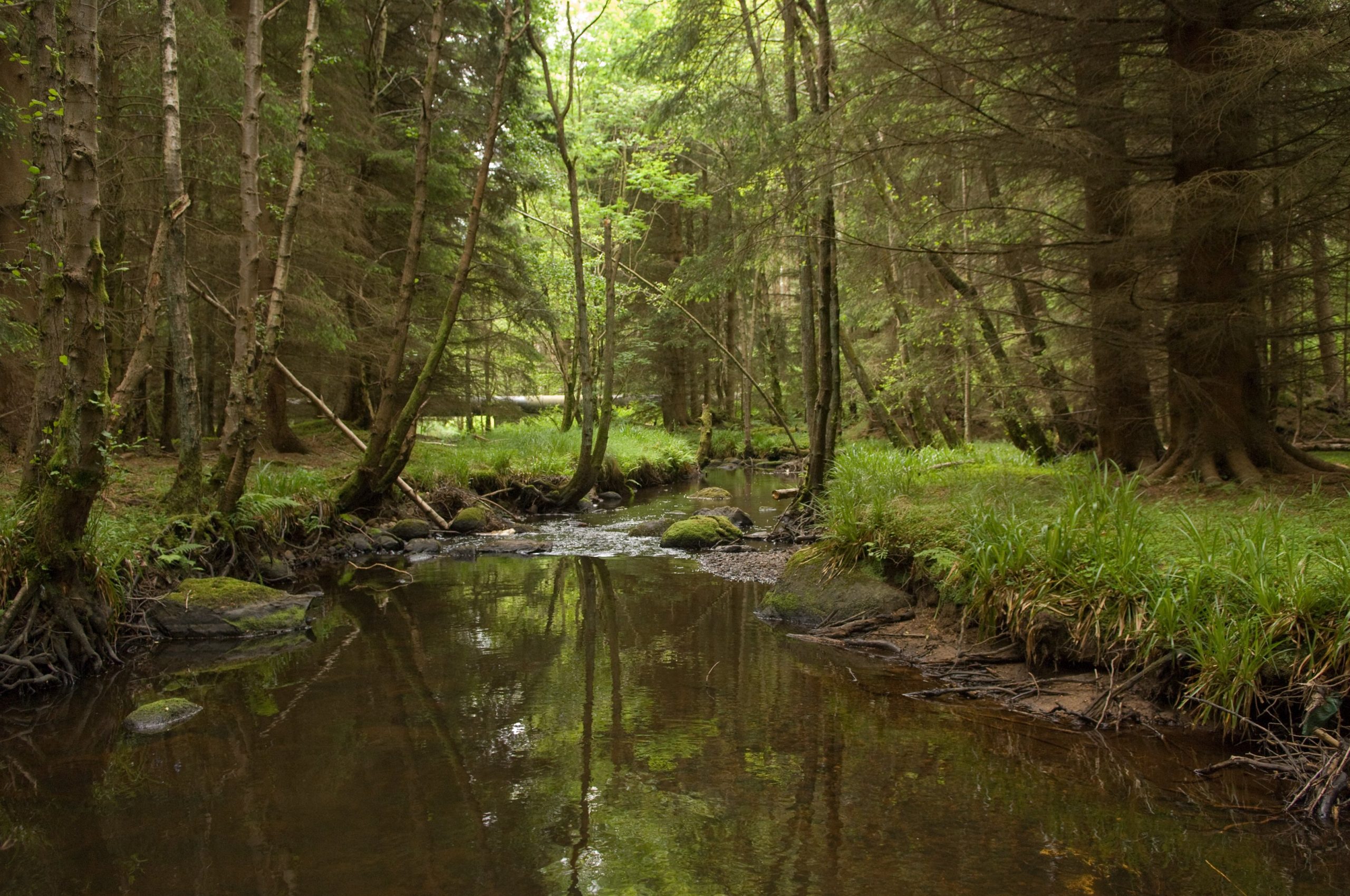Analysis of 22 years of water chemistry data revealed trends indicative of recovery from acidification. Between-stream variability was analysed using Principal Components Analysis, hierarchical clustering and redundancy analysis of the trend slopes. Changes in stream water chemistry indicate three clusters with no absolute distinction between moorland and forest streams. Rainfall, crop age, base cation concentration and forest cover were identified as key significant explanatory variables. Monitoring of water chemistry in ten forest and two moorland acid-sensitive catchments in upland Wales commenced in 1991.
Publications
Trends in surface water chemistry in afforested Welsh catchments
31st March 2019
Environmental Pollution Volume 247, Pages 27-38, April 2019
Related research
Publications
Modelling the long-term response of stream water chemistry to atmospheric pollution and forestry practices in Galloway, SW Scotland
Report assessing the long term role of forestry in relation to the acidification and recovery of soil and surface water. It targets some of the most acid impacted head waters in the Galloway region of southwest Scotland, including three sub-catchments in the Black Water of Dee (Dargall Lane, Green Burn and Cuttie Shallow); Cardoon Burn […]
Publications
Managing forests in acid sensitive water catchments
Atmospheric pollution in the form of acid deposition has been dramatically reduced since international controls on emissions were introduced in the 1980s. However, acidification still affects acid-sensitive regions of the UK, damaging fisheries and causing adverse ecological changes in freshwaters. Forestry is known to influence the degree of acidification, principally due to the ability of […]
Publications
Forestry and surface water acidification
Forests and forest management practices can affect surface water acidification in a number of ways. The primary mechanism is the ability of tree canopies to capture more sulphur and nitrogen pollutants from the atmosphere than other types of vegetation. Pollutant scavenging is expected to have peaked in the 1970s when emissions were greatest and led […]

